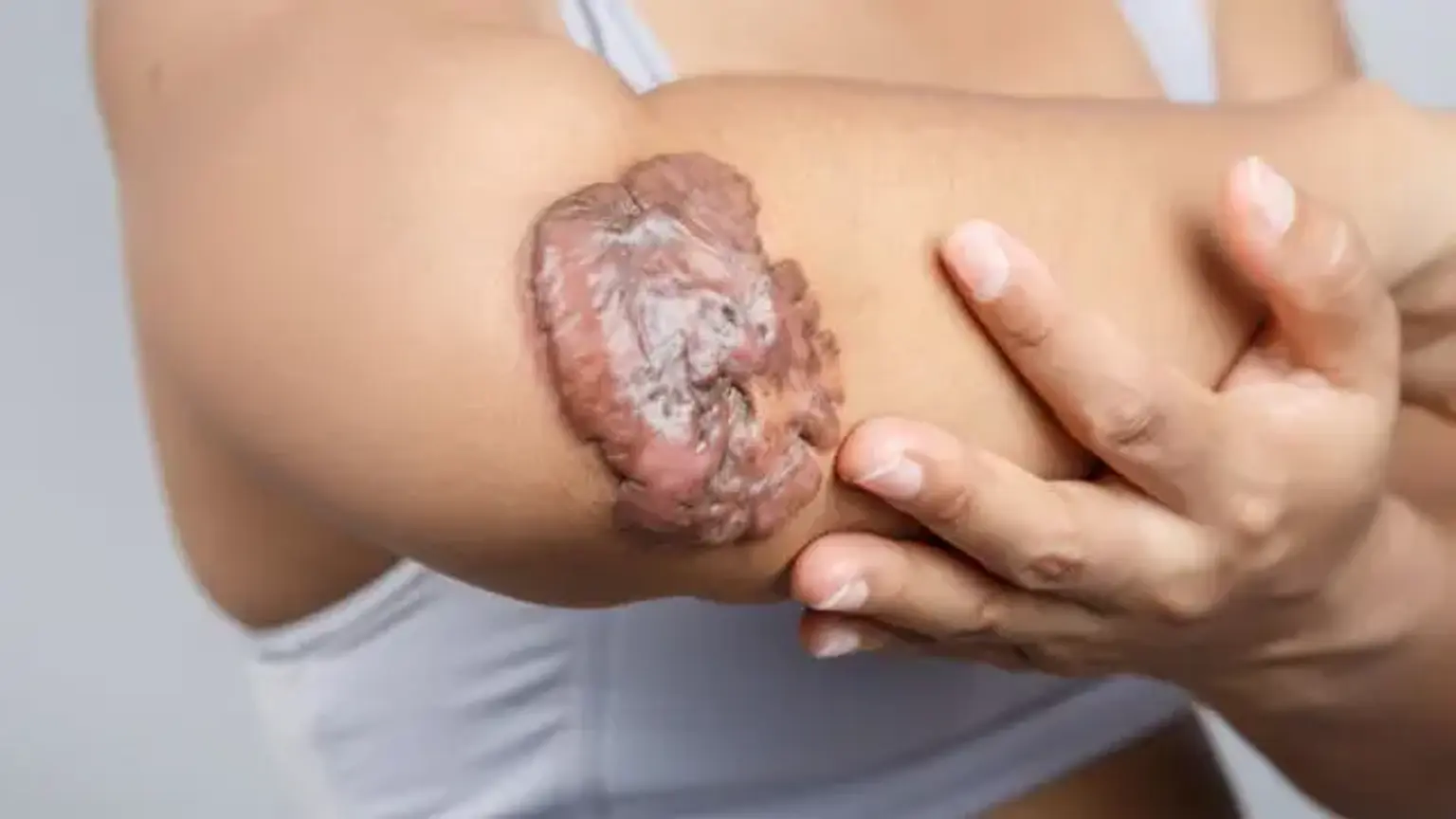Keloid Scars
Overview
Keloids are caused by scar tissue overgrowth. Keloid scars are often larger than the original wound. Keloid development is influenced by both hereditary and environmental factors. Darker-skinned people of African, Asian, and Hispanic heritage have a higher prevalence. Overactive fibroblasts that produce a lot of collagen and growth factors are thought to be involved in the etiology of keloids.
As a result, characteristic histologic findings include huge, aberrant, hyalinized bundles of collagen known as keloidal collagen and a significant number of fibroblasts. Keloids appear clinically as stiff, rubbery nodules in areas of previous skin damage. Keloidal tissue, unlike normal or hypertrophic scars, expands beyond the primary site of damage.
Patients may experience discomfort, itchiness, or burning. There are several therapeutic options available, but none are universally effective. Intralesional or topical steroids, cryotherapy, surgical excision, radiation, and laser therapy are the most often used therapies.
